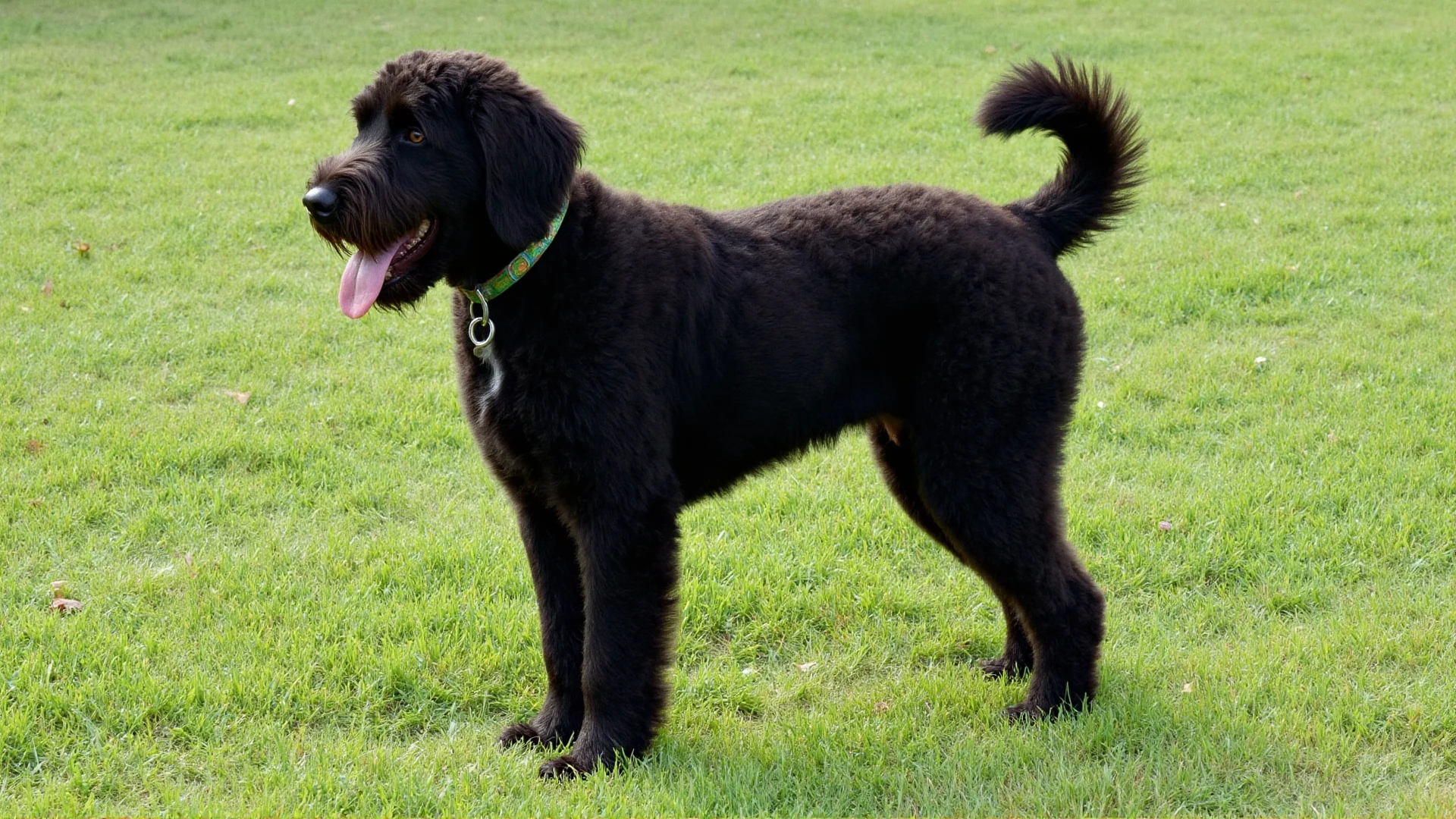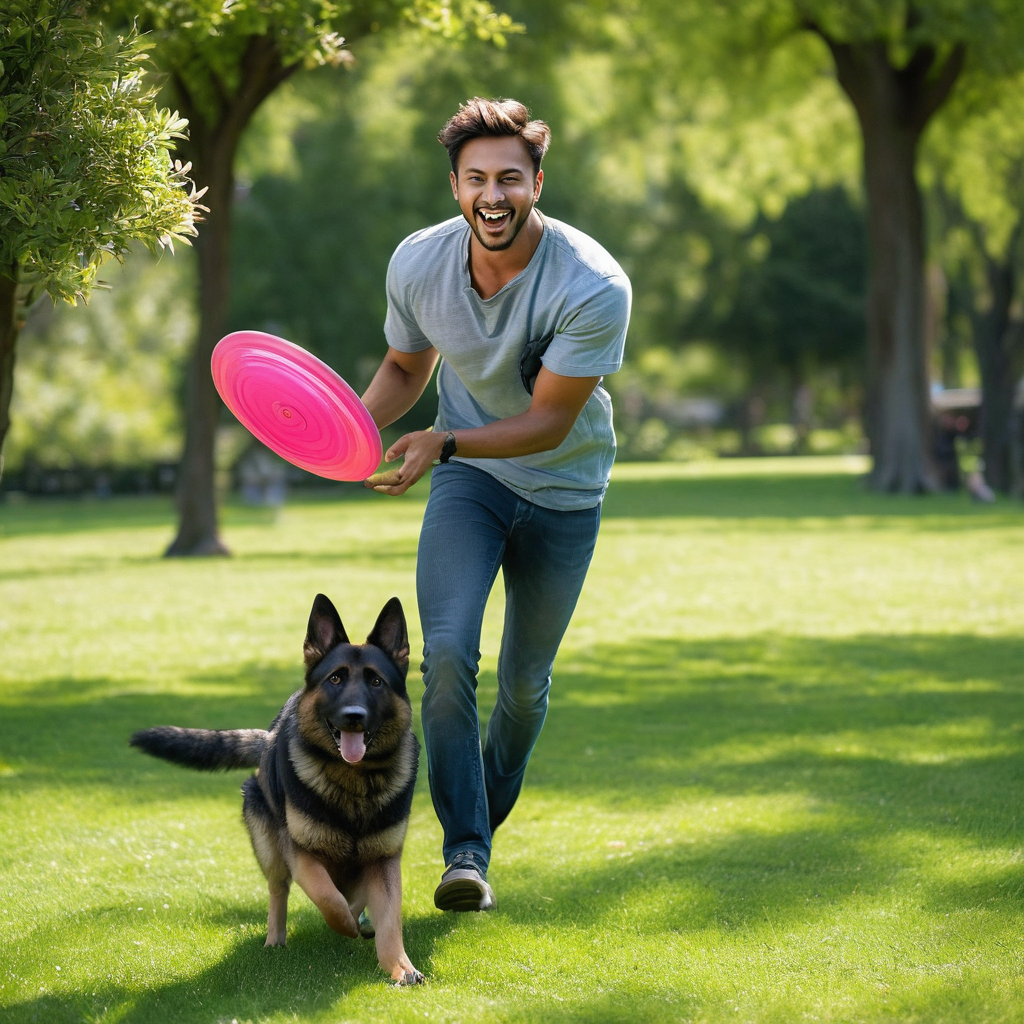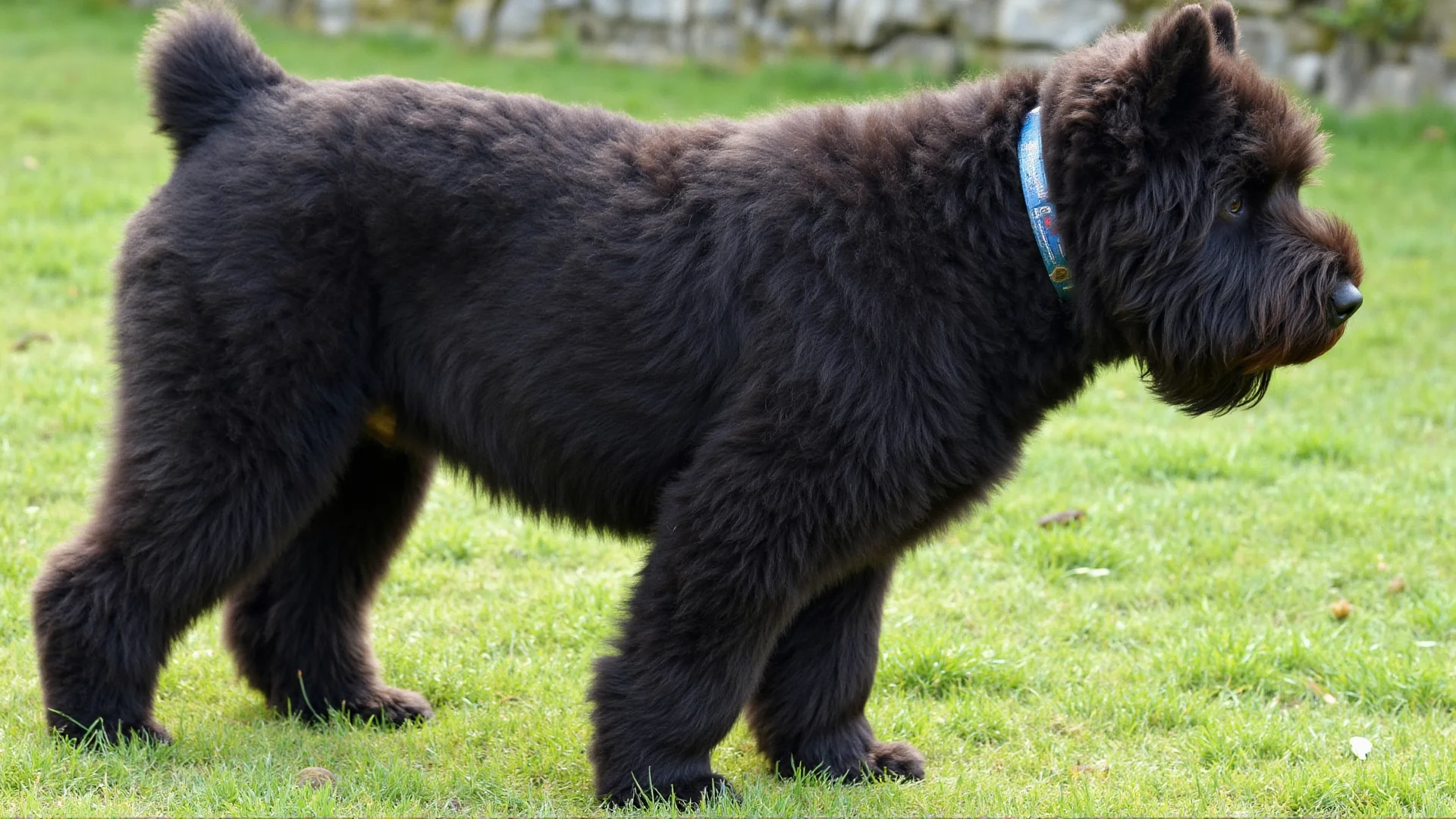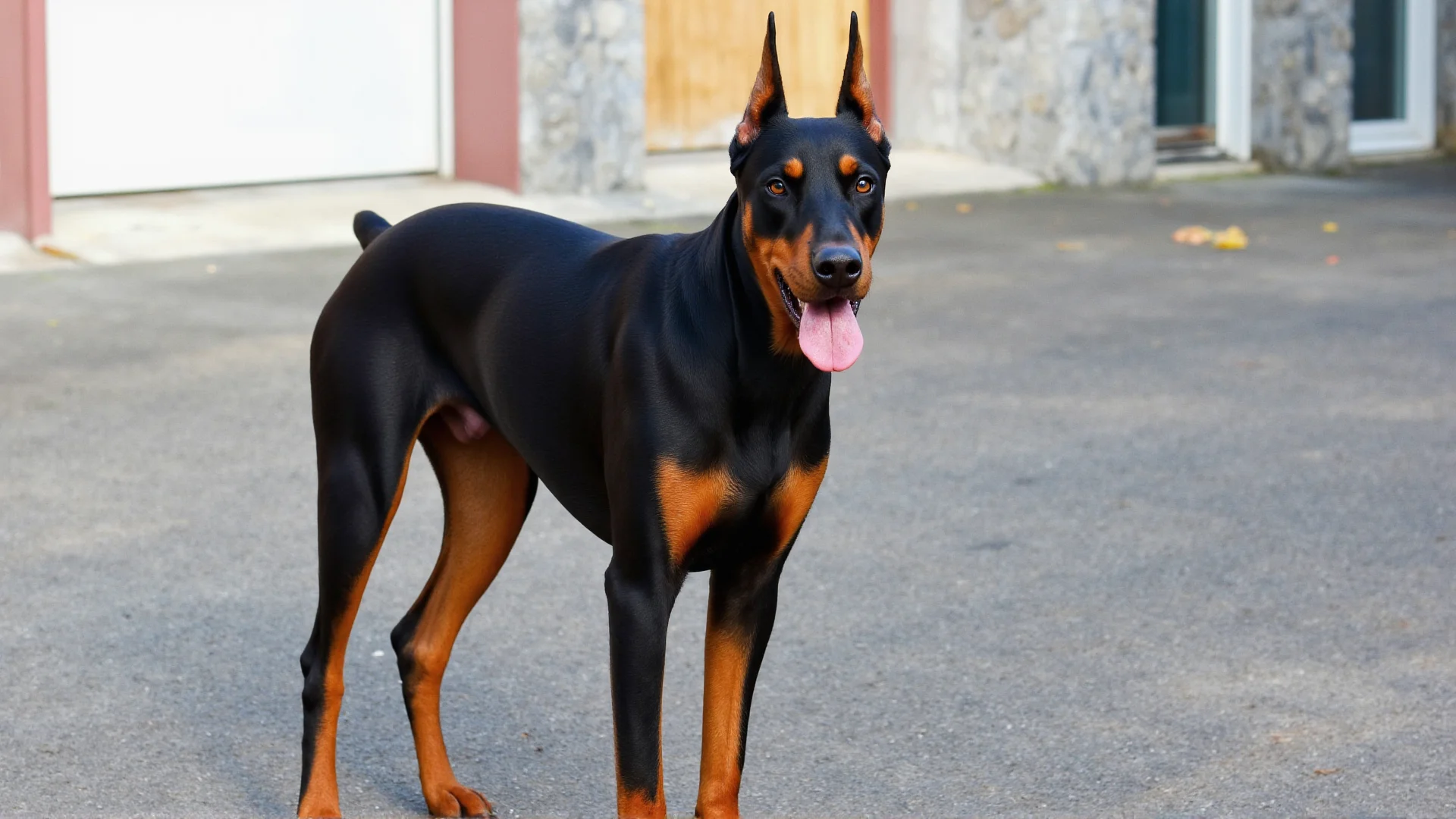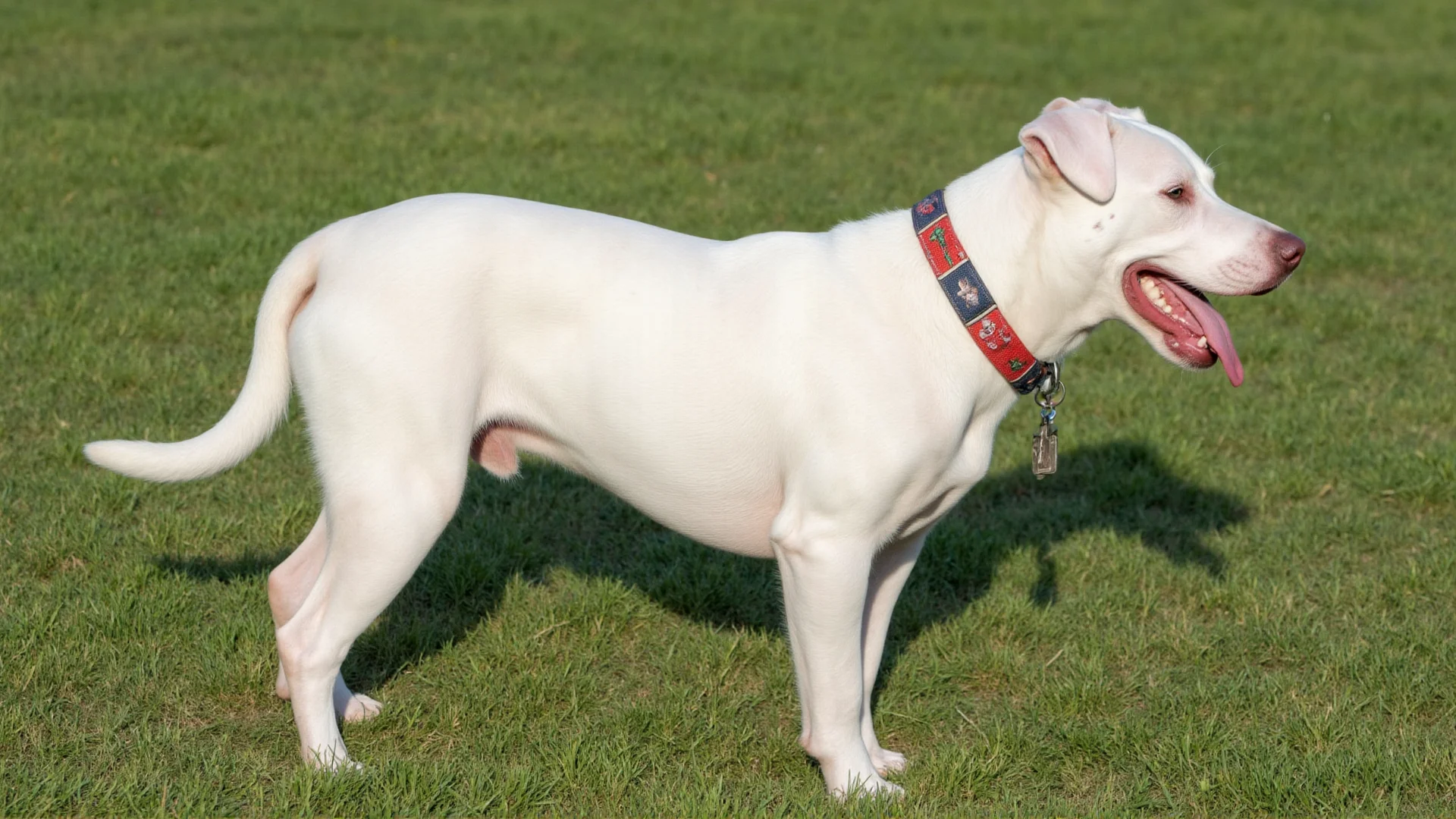Portuguese Water Dog: The Ultimate Guide to Water Working Excellence
The Portuguese Water Dog stands as one of the most remarkable water working breeds in the canine world. Originally bred by Portuguese fishermen to work alongside boats in the Atlantic waters, these intelligent and athletic dogs possess an almost supernatural affinity for water that sets them apart from other breeds.
The Maritime Heritage of Portuguese Water Dogs
Ancient Origins
Dating back to the 12th century, Portuguese Water Dogs were indispensable partners to fishermen along Portugal's coast. These dogs performed crucial tasks including herding fish into nets, retrieving lost tackle, carrying messages between boats, and even serving as guards for the catch.
Physical Adaptations for Water Work
The breed's unique physical characteristics make them exceptional water workers:
- Webbed feet: Their fully webbed toes act like natural flippers, providing powerful propulsion through water
- Water-resistant coat: The curly, dense coat repels water while providing insulation in cold maritime conditions
- Athletic build: Medium-sized frame with strong hindquarters and shoulders for powerful swimming strokes
- Lion clip tradition: The traditional shaving pattern reduces drag while maintaining warmth for vital organs
Understanding Water Working Instincts
Natural Swimming Abilities
Portuguese Water Dogs are born swimmers, but their abilities go far beyond basic paddling. They demonstrate:
- Exceptional breath control and endurance in water
- Natural diving abilities to retrieve objects from significant depths
- Intuitive understanding of water currents and conditions
- Ability to work in both fresh and salt water environments
Working Intelligence
These dogs possess remarkable problem-solving skills when working in aquatic environments. They can assess water conditions, plan retrieval routes, and adapt their swimming techniques based on the task at hand.
Modern Water Training Techniques
Starting Water Training
Begin water training early, ideally between 8-16 weeks of age when puppies are most receptive to new experiences:
Initial Water Introduction
- Shallow water exposure: Start in calm, shallow water no deeper than the puppy's chest
- Positive associations: Use treats, toys, and praise to create positive water experiences
- Gradual progression: Slowly increase water depth as confidence builds
- Temperature consideration: Ensure water temperature is comfortable, ideally 70-75°F for initial training
Building Swimming Confidence
Once your Portuguese Water Dog is comfortable in shallow water, focus on developing their swimming skills:
- Use floating toys to encourage reaching and stretching in water
- Practice short swimming distances with you as support
- Gradually increase distance and duration of swimming sessions
- Introduce different water environments (pools, lakes, ocean)
Advanced Water Working Skills
Retrieval Training
Portuguese Water Dogs excel at water retrieval work. Advanced training includes:
Basic Water Retrieves
- Floating objects: Tennis balls, bumpers, and floating toys
- Sinking objects: Weighted training dummies for diving practice
- Multiple retrieves: Training to retrieve several objects in sequence
- Directional retrieves: Following hand signals and voice commands to specific locations
Professional Water Work Applications
Many Portuguese Water Dogs today work in:
- Water rescue: Assisting lifeguards and coast guard operations
- Dock diving competitions: Showcasing their natural jumping and swimming abilities
- Therapy work: Aquatic therapy assistance for humans with disabilities
- Conservation work: Environmental monitoring and marine research assistance
Safety Considerations for Water Work
Essential Safety Equipment
- Canine life vest: Even excellent swimmers benefit from flotation aid during training
- Fresh water supply: Prevent salt water or contaminated water consumption
- First aid kit: Include items specific to water-related injuries
- Emergency contact information: Keep veterinary and emergency numbers accessible
Environmental Hazards
Be aware of potential dangers in water environments:
- Strong currents and undertows
- Water temperature extremes
- Toxic algae blooms
- Sharp objects or debris underwater
- Marine life that may pose threats
Health and Conditioning for Water Work
Physical Conditioning
Maintaining peak physical condition is crucial for water working dogs:
- Regular exercise routine: Combine land and water activities for comprehensive fitness
- Gradual conditioning: Slowly increase intensity and duration of water work
- Cross-training: Include activities like hiking, running, and agility training
- Rest and recovery: Allow adequate time between intensive water working sessions
Nutrition for Active Water Dogs
Water working dogs have increased nutritional needs:
- Higher protein content to support muscle development and recovery
- Increased caloric intake during active training periods
- Omega-3 fatty acids for coat health and joint support
- Adequate hydration before and after water sessions
Competition and Sport Opportunities
Dock Diving
Portuguese Water Dogs excel in dock diving competitions, which measure distance and height of jumps into water. Training focuses on:
- Building confidence on elevated platforms
- Perfecting jumping technique for maximum distance
- Developing speed and power in the approach run
- Maintaining focus and drive in competitive environments
Water Rescue Trials
These events test traditional water working skills including:
- Swimming to rescue victims in distress
- Towing boats or rafts to shore
- Retrieving lines and equipment from water
- Working in challenging weather and water conditions
Caring for Your Water Working Portuguese Water Dog
Post-Swimming Care
Proper care after water activities is essential:
- Rinse with fresh water: Remove salt, chlorine, or contaminants from coat and skin
- Thorough drying: Prevent skin issues by ensuring complete drying, especially in ear canals
- Ear cleaning: Check and clean ears to prevent infections common in water dogs
- Paw inspection: Examine webbed feet for cuts, foreign objects, or irritation
Seasonal Considerations
Adapt your water working routine based on seasons:
- Summer: Provide shade and fresh water; avoid peak heat hours
- Winter: Use shorter sessions in cold water; ensure thorough warming afterward
- Spring/Fall: Ideal training seasons with moderate temperatures
Building a Lifelong Water Partnership
Mental Stimulation Through Water Work
Water work provides essential mental stimulation for Portuguese Water Dogs. Regular aquatic activities help prevent:
- Destructive behaviors from boredom
- Anxiety and stress-related issues
- Weight gain from insufficient exercise
- Loss of natural working instincts
Strengthening the Human-Dog Bond
Working together in water environments creates unique bonding opportunities:
- Shared adventures and challenges
- Mutual trust and communication development
- Understanding your dog's natural capabilities
- Creating lasting memories through positive experiences
Conclusion
The Portuguese Water Dog's exceptional water working abilities represent centuries of selective breeding and natural adaptation. Whether you're interested in competitive water sports, professional working applications, or simply enjoying recreational swimming with your canine companion, these remarkable dogs offer unparalleled aquatic partnership.
By understanding their heritage, respecting their natural instincts, and providing proper training and care, you can unlock the full potential of your Portuguese Water Dog's water working abilities. Remember that every dog is an individual, and success comes through patience, consistency, and positive reinforcement.
The bond between human and Portuguese Water Dog in aquatic environments represents one of the most ancient and enduring partnerships in the canine world. Embrace this heritage, respect the water, and enjoy the incredible journey of working alongside one of nature's most accomplished swimming companions.
